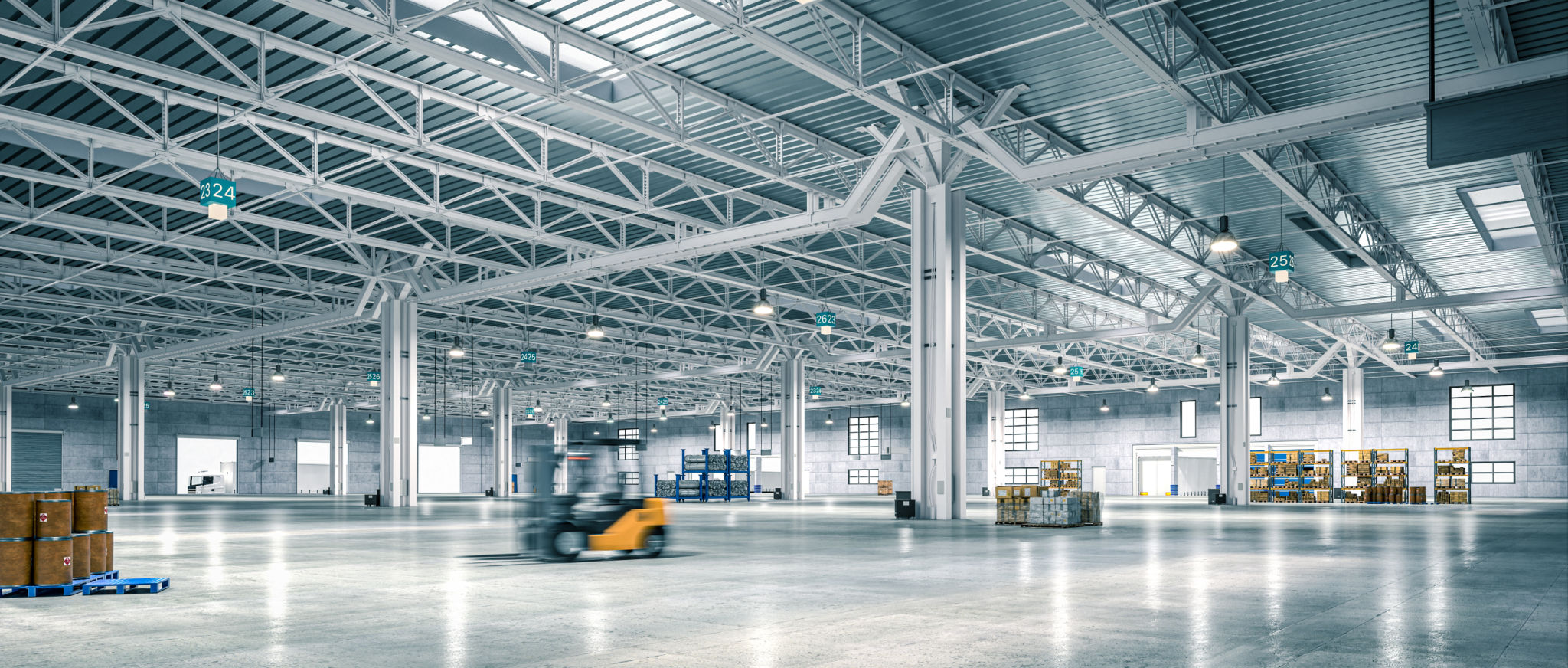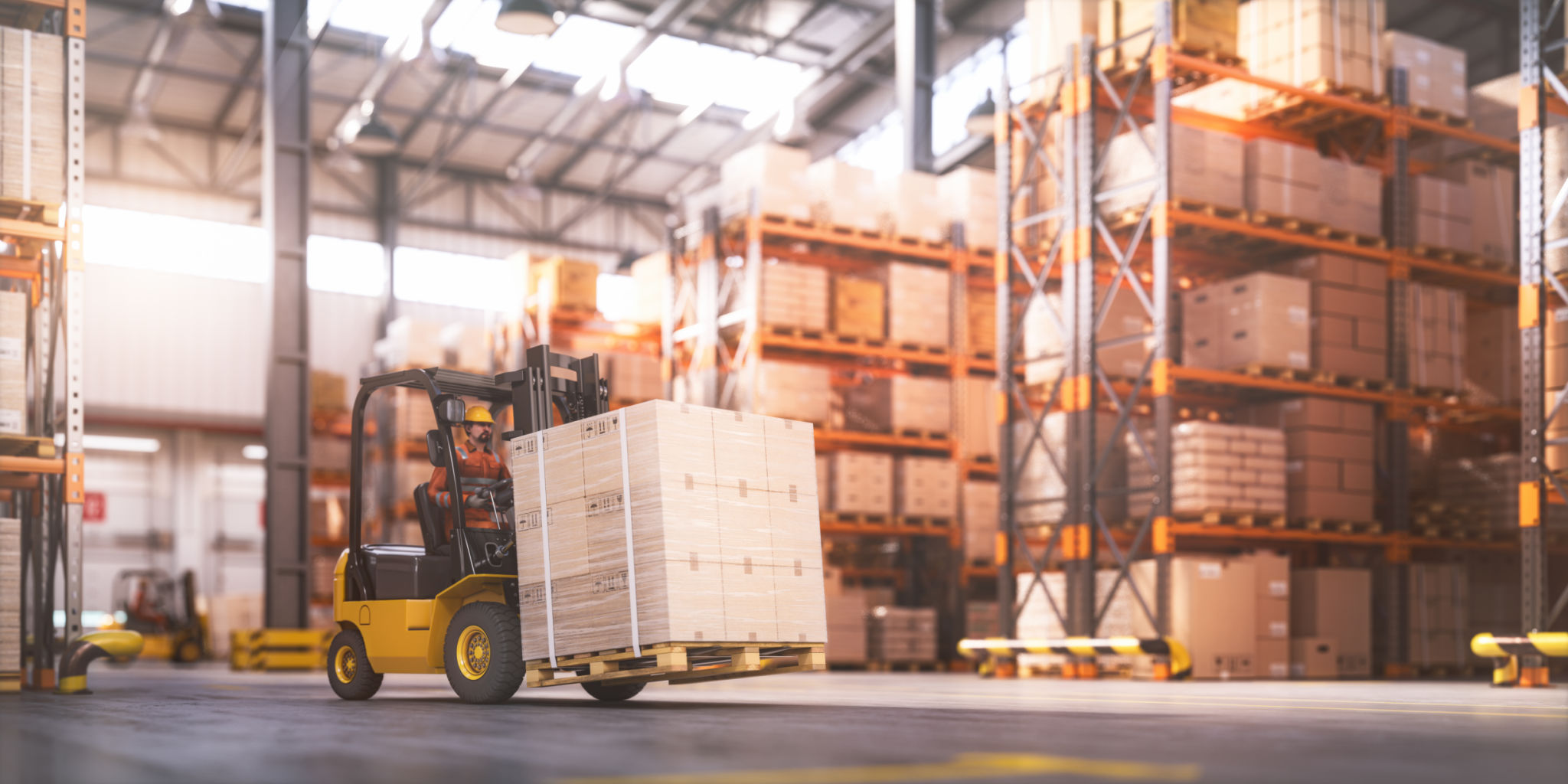Myth-Busting Common Misconceptions About Warehousing and Distribution Solutions
Understanding the Realities of Warehousing and Distribution
In today's fast-paced business environment, effective warehousing and distribution solutions are crucial for success. However, there are numerous misconceptions that can lead to misunderstandings about how these processes work. By debunking these myths, businesses can better optimize their logistics strategies.

Myth 1: Warehousing Is Just About Storage
A common misconception is that warehousing is solely about storing products. In reality, modern warehousing solutions offer a wide range of services beyond mere storage. They include inventory management, order fulfillment, cross-docking, and more. Warehouses are now integrated hubs that play a crucial role in the entire supply chain process.
These facilities are equipped with cutting-edge technology to ensure efficiency and accuracy. For instance, many warehouses utilize automation and data analytics to streamline operations and reduce human error. This transformation has allowed businesses to respond swiftly to market demands and improve customer satisfaction.
Myth 2: Distribution Centers Are the Same as Warehouses
While often used interchangeably, distribution centers and warehouses serve different purposes. A warehouse primarily focuses on long-term storage, whereas a distribution center is designed for rapid turnover of goods. Distribution centers are strategically located to facilitate quick shipping to customers, often within 24 hours or less.

Distribution centers are pivotal for e-commerce companies that prioritize speed and efficiency in delivering products to consumers. These centers often house advanced logistics systems to manage high volumes of shipments, ensuring that products reach their destination promptly.
Myth 3: Outsourcing Logistics Is Too Expensive
Many businesses hesitate to outsource their logistics operations due to the perceived high cost. However, outsourcing can often be more cost-effective than managing logistics in-house. Third-party logistics providers (3PLs) have the expertise, technology, and infrastructure to optimize supply chain processes and reduce operational costs.
By leveraging a 3PL's resources, businesses can benefit from economies of scale, improved efficiency, and access to advanced technologies. This allows companies to focus on their core competencies while leaving logistics management to the experts.

Myth 4: Technology in Warehousing and Distribution Is Overrated
Some businesses believe that investing in technology for warehousing and distribution is unnecessary or overhyped. On the contrary, technology is a game-changer in logistics operations. From warehouse management systems (WMS) to automated guided vehicles (AGVs), technology enhances precision, speed, and scalability.
Implementing technology solutions results in better inventory accuracy, reduced labor costs, and improved customer service. It also provides valuable data insights that help businesses make informed decisions and adapt to changing market conditions.
The Importance of Debunking Myths
Understanding the realities of warehousing and distribution is essential for businesses aiming to thrive in today's competitive landscape. By debunking these myths, companies can make informed decisions about their logistics strategies and harness the full potential of modern warehousing solutions.
Ultimately, embracing the true capabilities of warehousing and distribution allows businesses to streamline their operations, reduce costs, and enhance customer satisfaction—key factors in achieving long-term success.